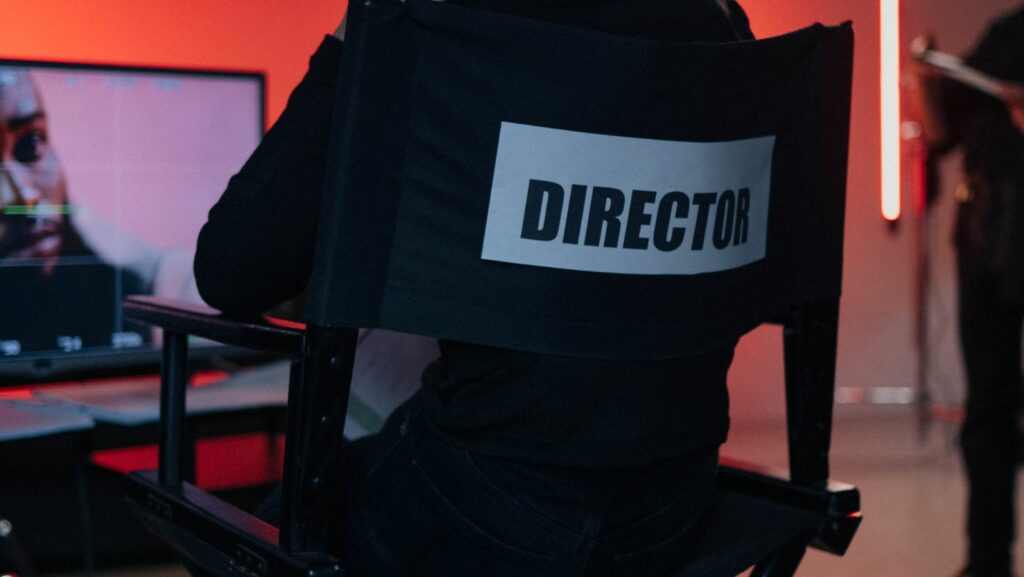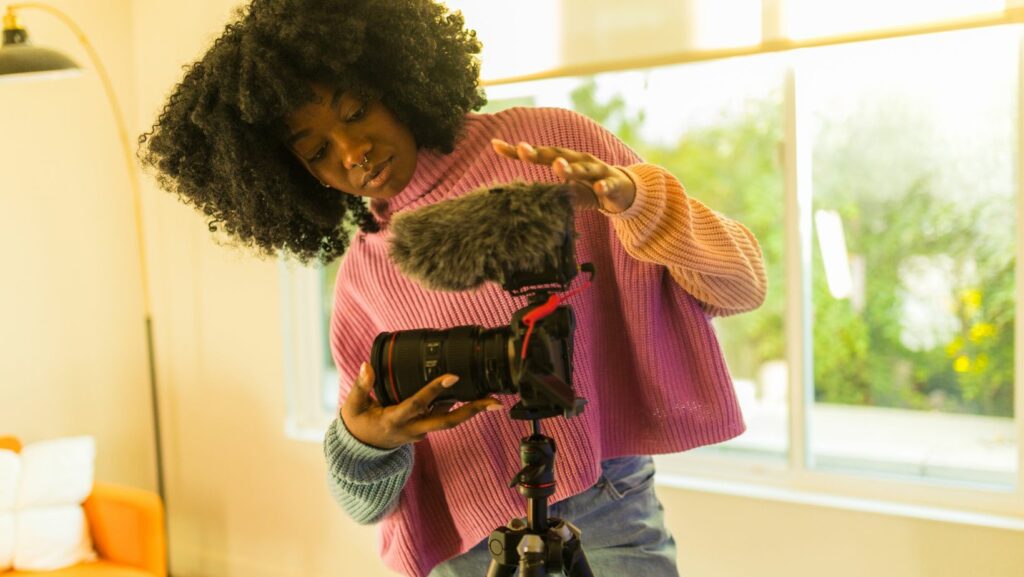Becoming a creative director is a dream for many in the world of design and advertising. It’s a role that demands a unique blend of artistic vision, strategic thinking, and leadership skills. As the driving force behind innovative campaigns and brand aesthetics, a creative director plays a pivotal role in shaping the identity of a company or agency.

In this article, you’ll discover essential tips and insights on how to navigate the path to becoming a successful creative director. From honing your creative instincts to mastering the art of team collaboration, each step is crucial in your journey towards this coveted position. Whether you’re a seasoned professional looking to transition into a leadership role or a budding creative eager to make your mark, the guidance provided here will help you unlock the key to thriving in the dynamic world of creative direction.
How to Be a Creative Director
Creative Directors play a pivotal role in shaping the artistic direction and branding of a company or agency. Their responsibilities encompass overseeing the creative process, ensuring the delivery of high-quality work, and maintaining consistency in brand messaging. This role demands a blend of artistic talent, strategic thinking, and effective leadership skills to inspire and guide creative teams towards successful outcomes.
Key Responsibilities and Duties

- Setting Creative Vision: Creative Directors are entrusted with defining and implementing the overall creative vision for projects, campaigns, or brands. They establish the artistic direction, style guidelines, and visual elements that align with the objectives of the organization.
- Leading Creative Teams: It’s crucial for Creative Directors to lead and motivate creative teams, fostering a collaborative environment where ideas flourish. They provide guidance, feedback, and support to ensure projects are executed effectively and meet client expectations.
- Collaborating with Stakeholders: Effective communication and collaboration with clients, executives, and other departments are vital aspects of the role. Creative Directors must align creative strategies with business objectives, address feedback constructively, and present ideas persuasively.
- Creative Vision: A keen eye for design, trends, and storytelling is essential for Creative Directors to craft compelling visual narratives that resonate with audiences.
- Leadership: Strong leadership skills, including the ability to inspire teams, delegate tasks efficiently, and resolve conflicts diplomatically, are crucial for success in this role.
- Strategic Thinking: Creative Directors need to think strategically, making informed decisions that align with business goals while maintaining creative integrity.
- Communication: Excellent communication skills, both verbal and visual, enable Creative Directors to articulate ideas clearly, collaborate effectively, and present concepts convincingly.
- Adaptability: The creative landscape is ever-evolving, requiring Creative Directors to adapt to new technologies, trends, and client preferences to stay ahead in the industry.
Educational Pathways
When pursuing a career as a Creative Director, individuals often opt for relevant degrees and certifications to equip themselves with the necessary skills and knowledge. Here are essential aspects to consider in the educational journey towards becoming a successful Creative Director:
Degrees and Certifications

- Bachelor’s Degree in Design or Fine Arts: A foundational degree in design or fine arts provides a strong basis in creative principles, visual aesthetics, and design techniques. It helps individuals cultivate their artistic abilities and critical thinking skills, which are vital for leading creative teams effectively.
- Master’s Degree in Design Management or Advertising: Pursuing a master’s degree in design management or advertising can enhance one’s strategic planning abilities, leadership competencies, and understanding of brand development. This advanced education equips aspiring Creative Directors with the expertise needed to drive creative innovation and manage complex projects.
- Embracing Evolving Trends: Creative Directors must stay abreast of emerging design trends, technological advancements, and consumer preferences to ensure their work remains relevant and impactful. Continuous learning through workshops, seminars, and online courses allows individuals to adapt to the ever-changing landscape of creativity.
- Skill Enhancement: Continuous learning provides Creative Directors with opportunities to refine their skills, explore new techniques, and broaden their creative repertoire. By investing in ongoing education, individuals can expand their expertise, stay competitive in the industry, and deliver cutting-edge solutions to clients.
These educational pathways and a commitment to continuous learning play a pivotal role in shaping aspiring Creative Directors into adept leaders with a deep understanding of design, strategy, and innovation.



